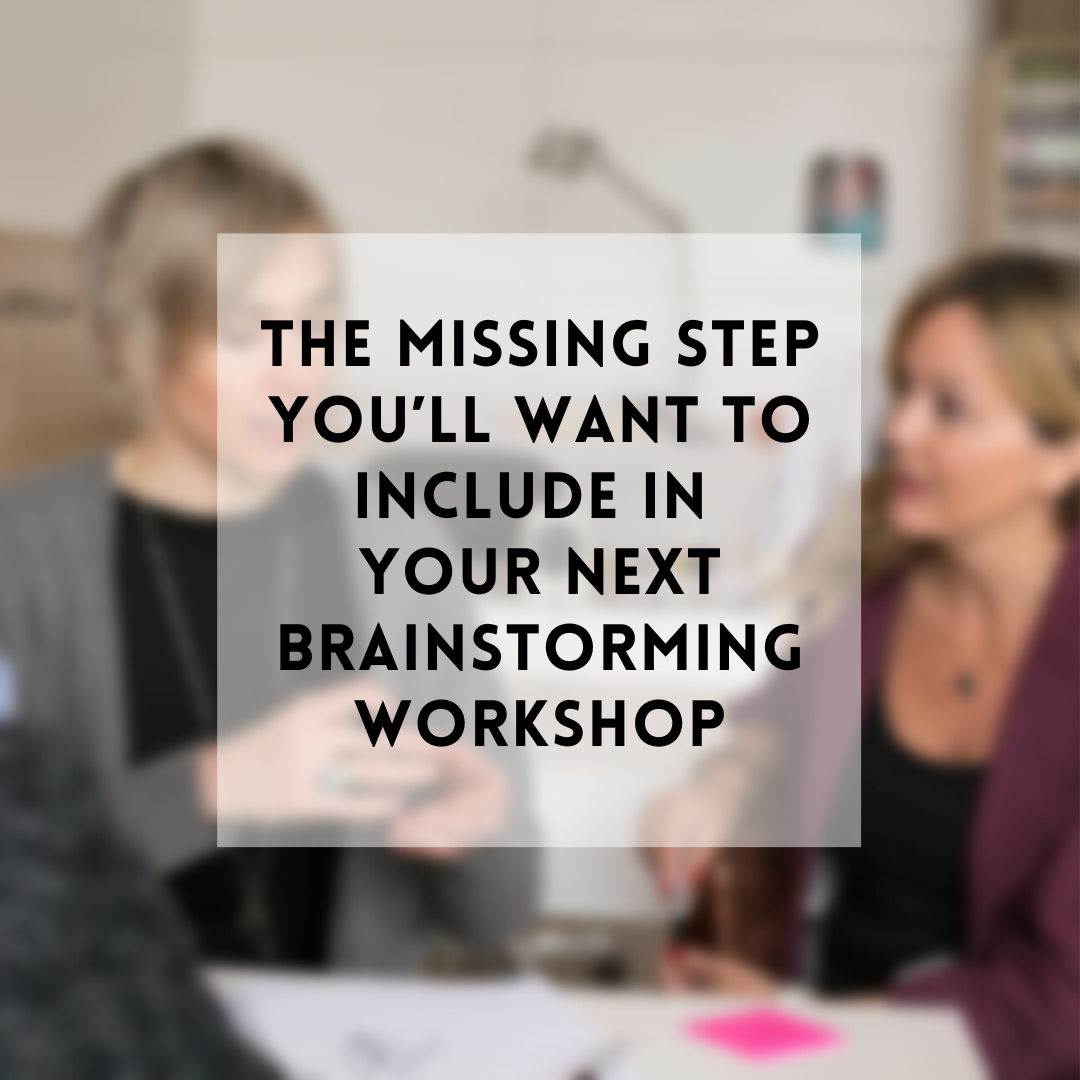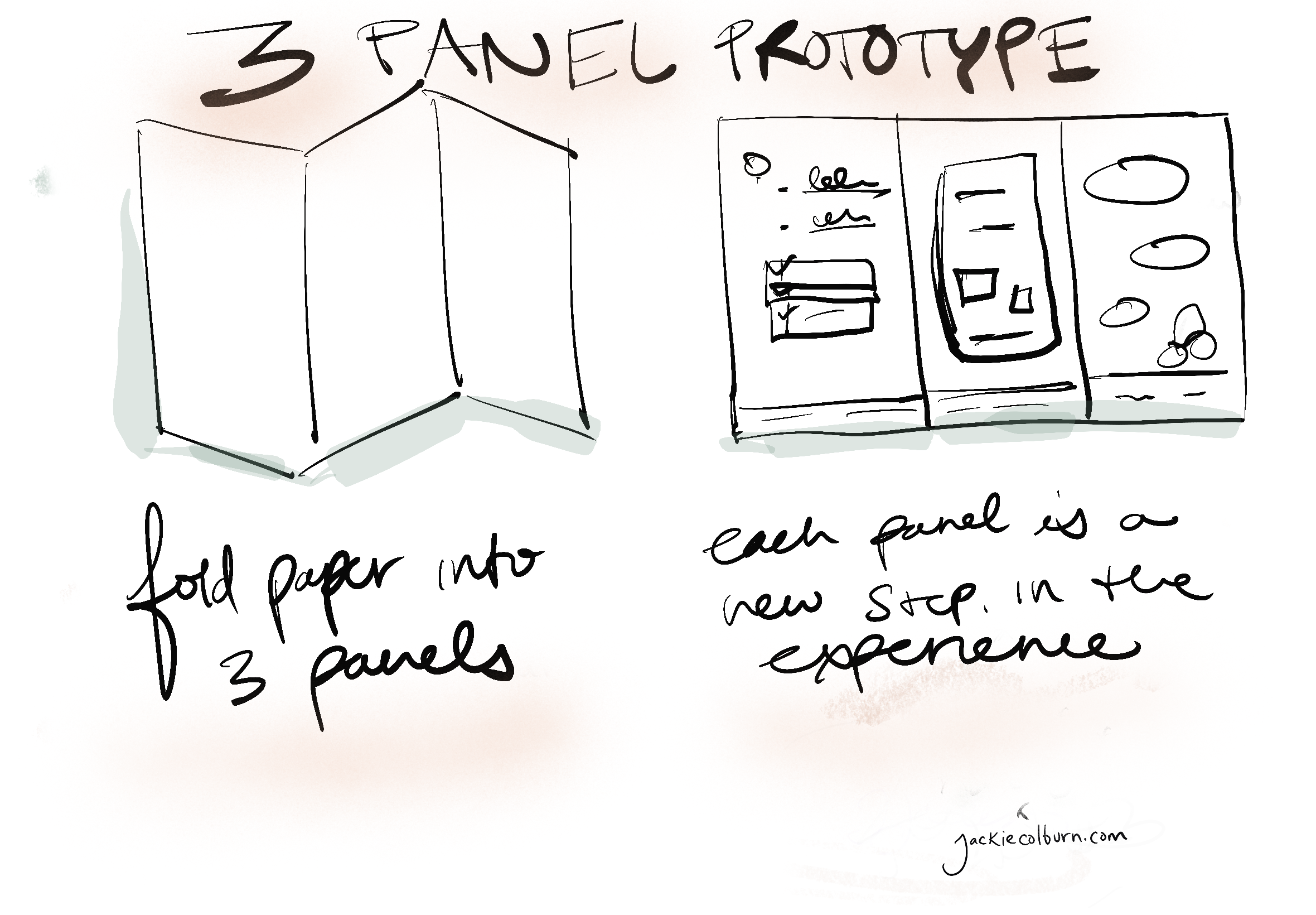The missing step you’ll want to include in your next brainstorming workshop
Most of us have participated in a brainstorm before: ideas bounce around the room, every option is captured, and the output is a big list of possibilities. So, how do you narrow down the prospects to identify the most viable ideas that will actually move the needle for your business?
I came up with my own formula to tackle this challenge, which I’m breaking down here in hopes it helps your teams find clarity sooner, and identify the best solution to the problem at hand.
Step 1: Take it to a vote
When you have many ideas, the first step is to hone in on 3–5 of the group’s favorite options. I like to do that by leveraging dot voting or number voting. I’ll break down the two versions in a moment, but the key takeaway is this: each person will get 2–3 votes to cast on their favorite ideas, and the ideas with the most votes get to advance to the next round.
Dot Voting: Give each person 2–3 sticky dots to “spend” on the ideas they think should move forward. Let the group mentally select their favorites before commencing the vote, then have them stick their dots on the ideas posted around the room or virtual whiteboard.
Number Voting: Number each of the core ideas up for selection, then ask the team members to cast votes for their top 2–3 by writing the numbers on sticky notes and handing/sending the ballots directly to the facilitator to count and share rankings more broadly.
From here, you can identify the top 3–5 ideas based on voting results and pull them forward for further evaluation.
Step 2: Draft the problem statement
Break the team into small groups and assign each a different idea (from the chosen winners). From here, ask them to define a clear and concise statement that digs into the problem being solved in more detail. Even if you have a problem statement or “How Might We” statements for your workshop, this step is important because it asks the team to get specific for the new idea they’re exploring. I like to use my own worksheet to help them navigate this portion of the activity, which includes defining the problem statement by using a MadLib:
For [who], we are solving [what problem], when [time / place / context] so that [expected result].
Step #3: Define the success measures
Have each group define success measures in a Great / Good / Fail format. They should be specific to their assigned idea and problem statement. Ideally you’ll want to see 3–5 examples in each bucket. This step asks team members to think critically about why they are considering this new idea and to put pen to paper to clarify what they expect to see as a result. If they can’t come up with measures of success, they may be on the wrong path with the idea. Another benefit of this step is that it forces people to put a stake in the ground about what success means for them (something they can look to once they’ve moved forward with their idea to evaluate its merit).
Here’s the template I created to help my workshop participants complete this information. Feel free to make a copy of the worksheet for your own use!
Step #4: Sketch it out
In this step, they’ll spend time detailing a picture of the idea. They may have a picture to start with from the brainstorm, but in this step they take it further. I follow a 3-panel prototype method by folding a standard piece of paper into three sections and giving one to each group. From here, ask teams to sketch out the flow of the experience the customer / end user / human will have when following their idea.
If the team gets to this phase and they don’t have a clear problem to solve, can’t think of a way to measure it, or are having trouble sketching it out, then there are grounds to question the idea and its viability (or throw it out altogether).
This exercise is awesome for narrowing down many ideas so you can get from Post-It Note to project brief. It’s a quick way to go from very broad (all the brainstorm ideas), to more narrow (your top 3–5), to super dialed in (the 1–2 ideas worth spending more time on). Feel free to drop this activity into your next ideation session for a faster route to clarity.

